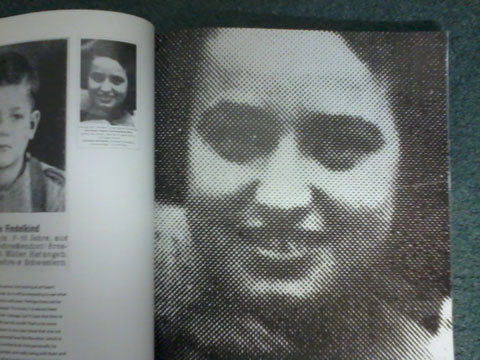Although the materials and objects seem as if they have been ‘brought’ with the subjects he depicts, they nonetheless have been constructed, acquired, distorted, weathered and distressed intentionally by Boltanski. Through this process of reinterpreting objects he places them in our minds-eye as historical entities which “evoke(s) our tenuous connection to a tragic past” (Marcoci, 2000). His works resemble shrines and memorials common with religious remembrance sites and his use of lights to illuminate his subjects remind us of a halo or a soft flickering-light, possibly a candle which we all know will eventually burn-out.
He has recently shifted back to film making and his latest project entitled Storage Memory, invites viewers or participants to observe his documentation of his experiences as a continuous evolving self-portrait via a subscription on the internet. For more information: http://www.christian-boltanski.com/
References
Franzke, A. (2009). Grove Art Online. Oxford University Press. Retrieved from http://www.moma.org/collection/artist.php?artist_id=649
Marcoci, R. (2000). MoMA2000: Open Ends (1960–2000). Audio program excerpt. Retrieved form http://www.moma.org/collection/object.php?object_id=80857
Images courtesy of Phaidon: http://www.phaidon.com/store/art/christian-boltanski-9780714836584/ and the Unicorn Bookshop, Warkworth: http://www.unicornbookshop.co.nz





